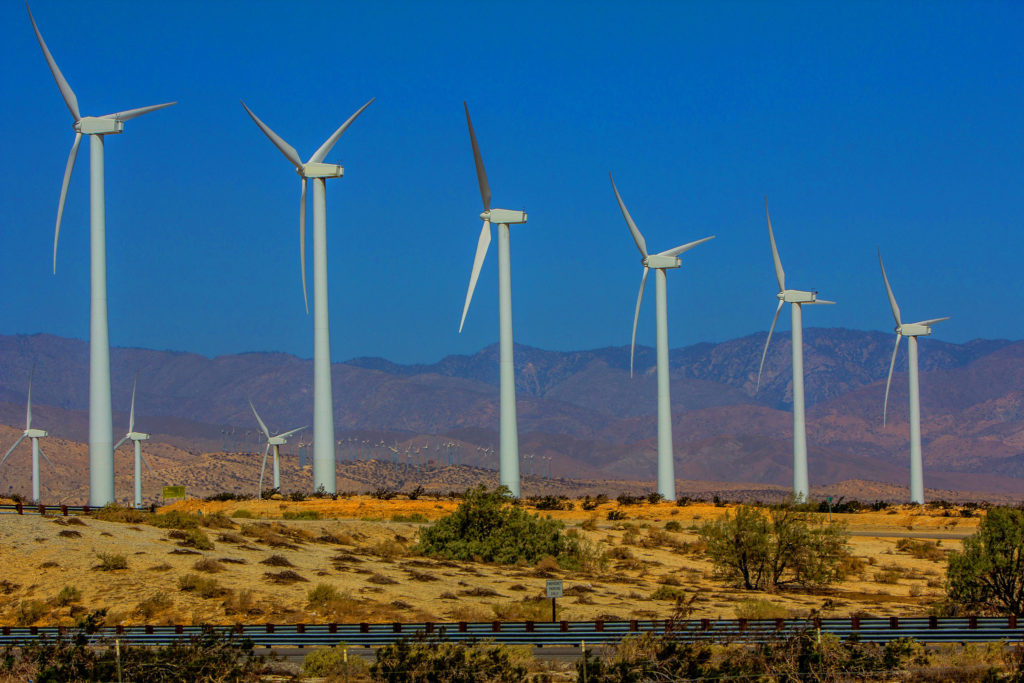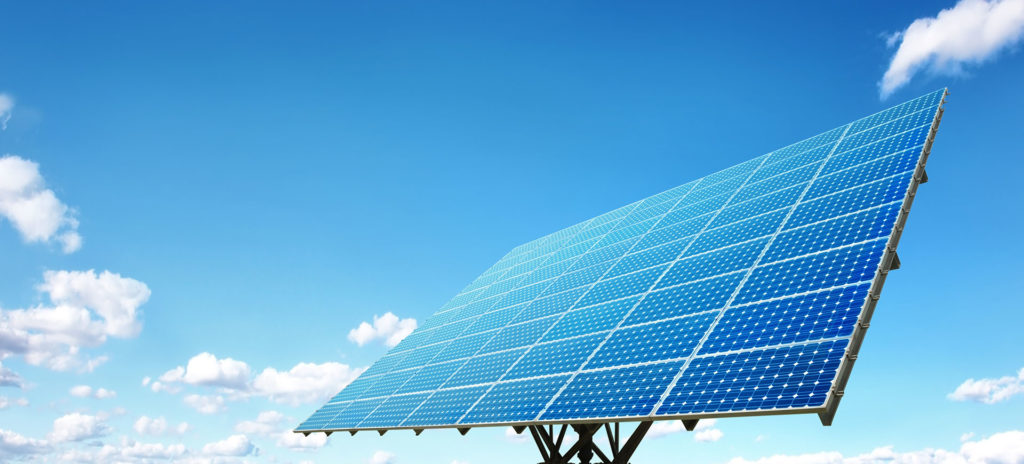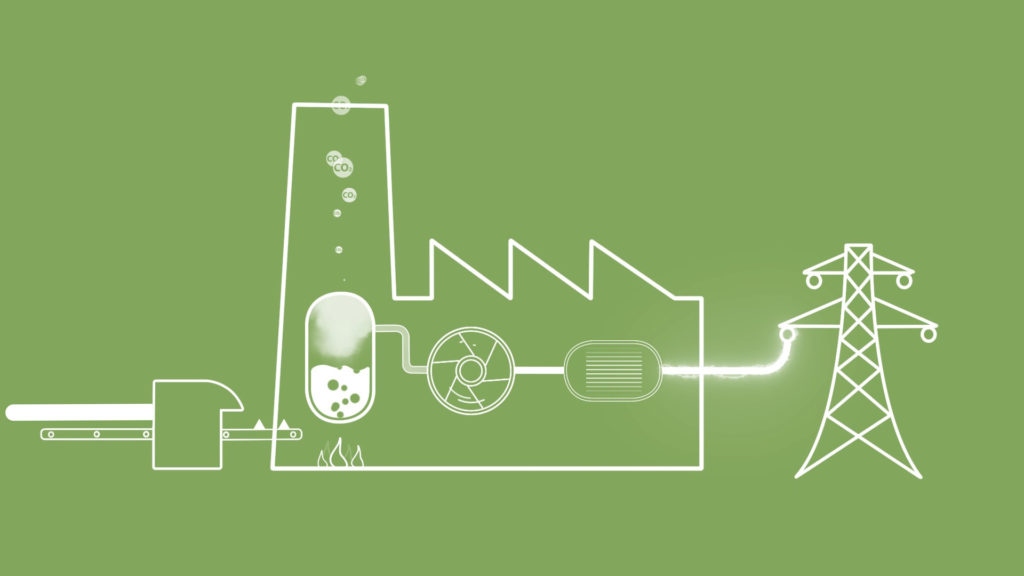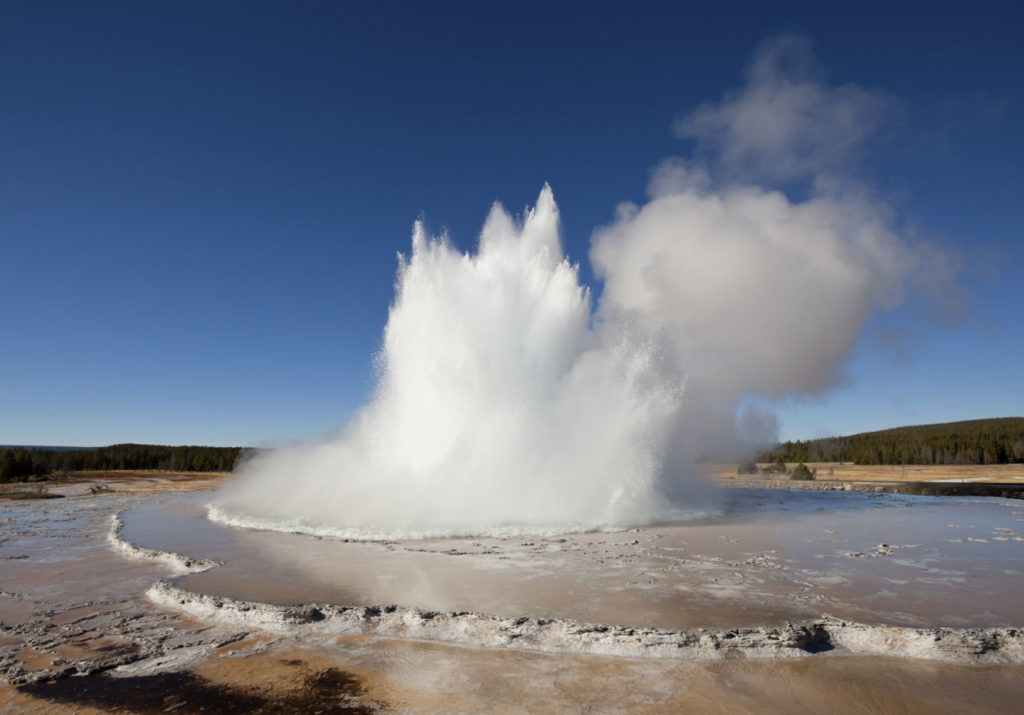Amidst the ever-growing issue regarding renewable energy and the benefit we get from it, a smart move would be to find out where are we on the scale of such a method of producing.
Namely, there are five types of renewable energy sources that are used massively to produce and reproduce energy converted to electricity for use.
The five types are:
Table of Contents
Wind Power

The most common and widely used method of gaining renewable energy is through wind turbines. As a matter of fact, the US has the capacity to produce 10 times its energy by utilizing wind power. Wind power is the fastest-growing energy source utilized by many countries.
These countries are producing numbers that are far more superior to their needs. Out of all the countries that are generally focusing on producing wind energy, 8 countries stand out from the rest. Those are France, Canada, The UK, Spain, India, Germany, USA, and China.
These countries are said to be able to produce from 10 up to 20 times more energy than they could ever need, so it’s safe to say that wind power plays one of the most important roles in the renewable energy figures.
According to The International Renewable Energy Agency (IRENA), in 2016 we’ve produced a total of 5,877.19 TWh worth of renewable energy. Out of all the sources, 959.53 TWh were produced via wind power.
Solar Power

Sun is an object in our solar system that has the capability of providing free energy throughout the year. It is projected that solar power, much like wind power, will be the future for human generations billions of years from now.
According to various reports from this website, India’s geographical location provides sunny days through the majority of the year. It is because of that that India has acted on being the world’s biggest producer of renewable energy via solar power.
However, they are not in the top 3, but they are ranked at number 4 with 57.4 GW of solar power renewable energy capacity. The numbers are projected to rise to 100 GW by 2024, as the developing country strides to being the best in the solar power game.
The rest of the list makes up the likes of China with 130 GW, USA with 85 GW, Japan with 63 GW, and at number 5 in Germany with 48 GW. In 2016, 333.05 TWh worth of renewable energy was produced via solar power.
Biomass

Biomass is the use of plant matter and animal waste in order to produce electricity. The mass and waste are converted into a low-carbon source of energy that pollutes very little. The biggest challenge with biomass, as a type of renewable energy, is that the technology is not advanced yet, so it remains an expensive option that a very small number of countries use.
Geothermal Energy

Geothermal energy is created by using heated water and steam from our very own Earth in order to run power stations. These power stations later turn the steam into electricity, making it another viable option of renewable energy sources.
California is the larger geothermal energy producer in the United States, with 40 power plants producing 5% of the total state’s energy needs. Big players in the geothermal energy game are the Philippines, Iceland, and El Salvador, who are all producing up to 25% of their electricity needs through this method. In 2016, 561.61 TWh of electricity was produced through modern biofuels and geothermal energy.
Hydroelectric Power
The last type of renewable energy is hydroelectric power. In order to utilize hydroelectric power, rivers must be dammed and the cost of building dams is huge.
Dams also have a huge impact on land and wildlife, and communities that rely on fish are also impacted by dams. According to statistics from IRENA, 20% of the total electricity production is provided via hydropower. In 2016, 3,441.26 TWh worth of electricity was produced via hydropower, which makes it the largest type of renewable energy in the world.
China, Brazil, Canada, the US, Russia, and Norway are the biggest producers of hydropower with some of these countries producing more than 70% of their total electricity. If you are in Texas, you should do electricity rates comparison texas. Comparing electricity rates allows you to find the best deal and potentially save money on your energy bills. Different energy providers offer different rates, so by comparing them, you can identify the most affordable option for your needs.
